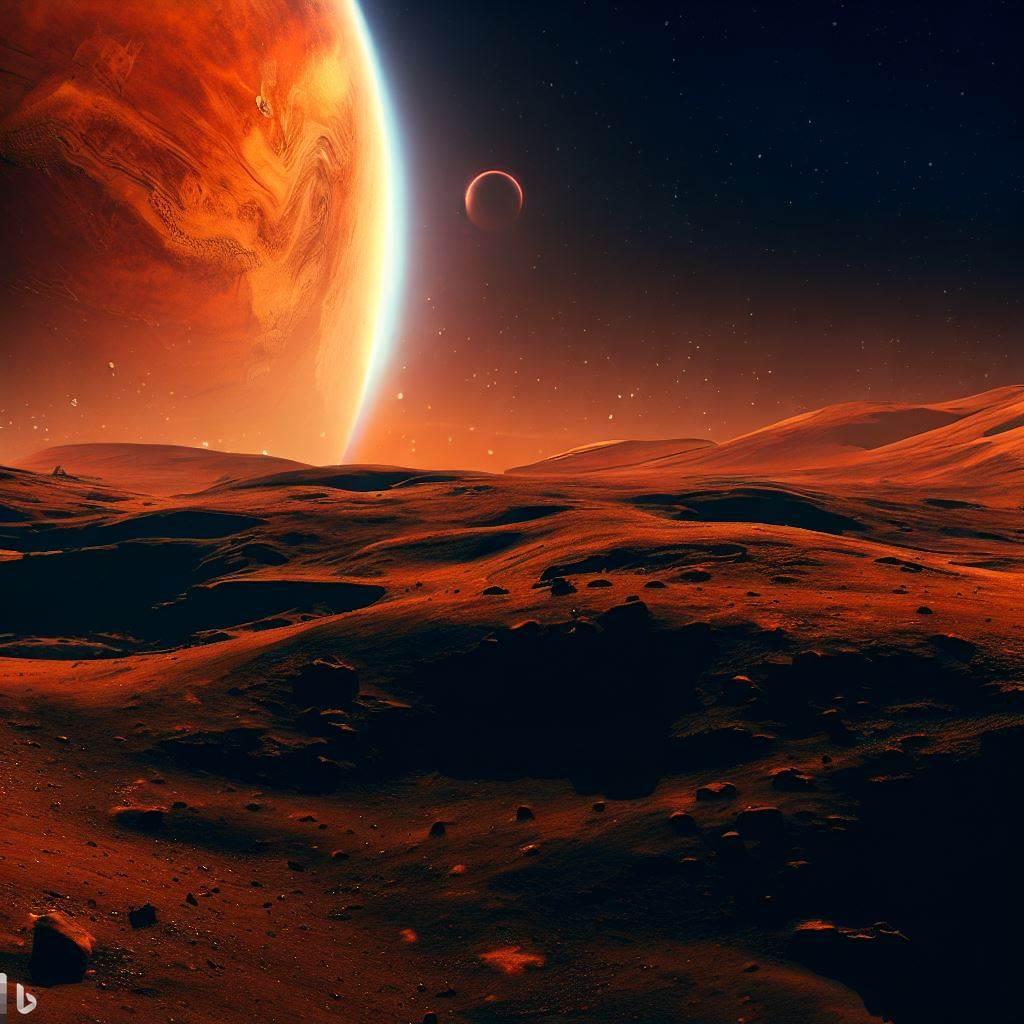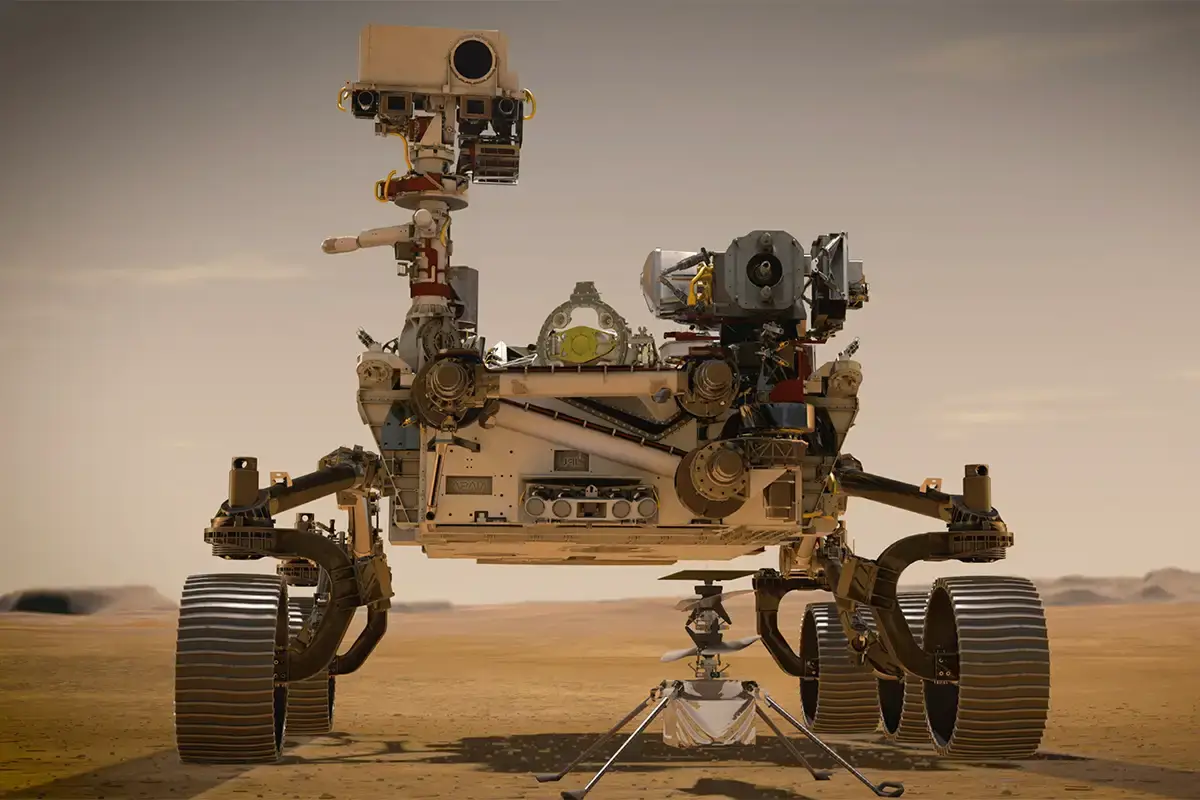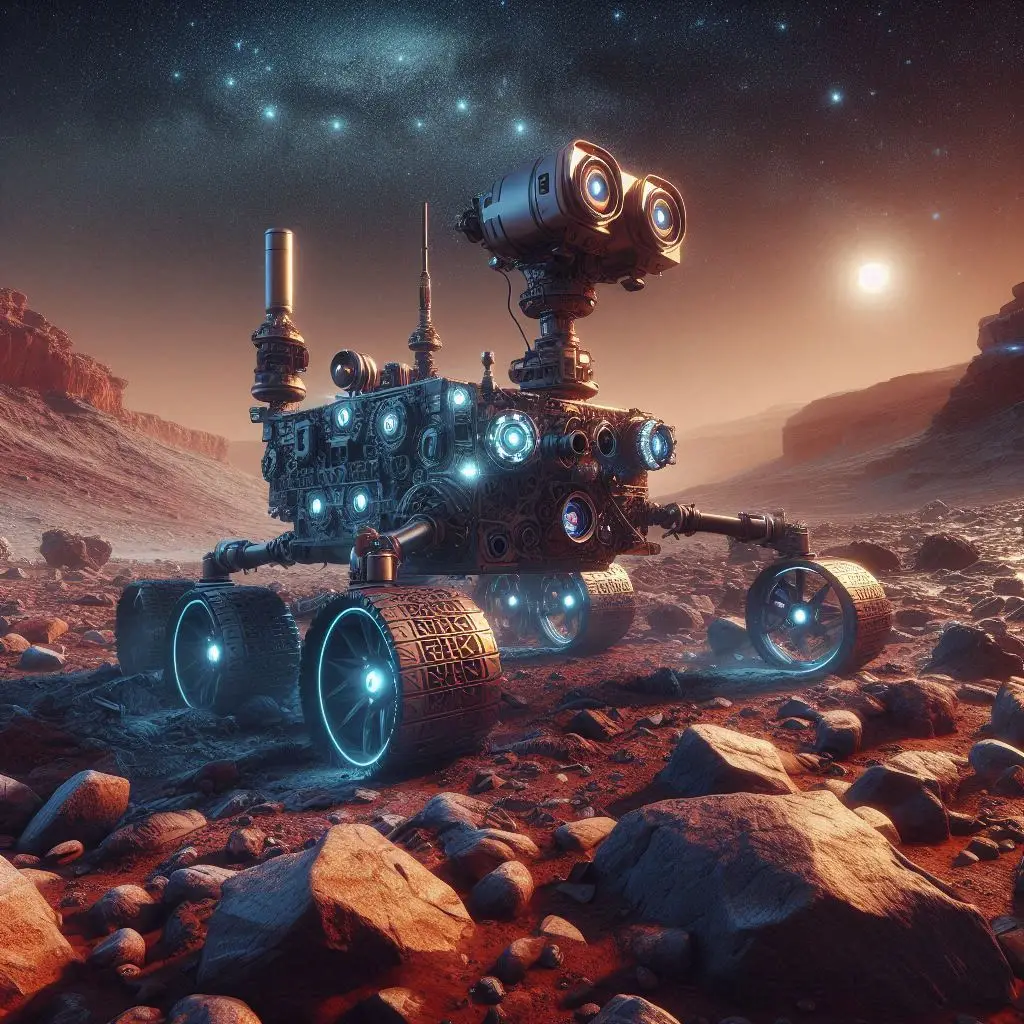Introduction: The Legacy of NASA's DART Mission
NASA's Double Asteroid Redirection Test (DART) mission, which successfully impacted the asteroid Dimorphos on September 26, 2022, was a groundbreaking experiment designed to test whether a kinetic impact could alter the trajectory of a potentially hazardous asteroid. While the test was a resounding success pushing Dimorphos into a shorter orbit around its parent asteroid, Didymos the mission’s aftermath has left scientists with a new question: Where will the debris from the impact go, and could any of it reach Earth or Mars?
DART's Impact: A Closer Look
The DART spacecraft, traveling at a speed of about 14,000 miles per hour, slammed into Dimorphos, creating a substantial crater and ejecting a significant amount of debris into space. This debris formed a cone of material that was observed by LICIACube, a small satellite that accompanied DART on its mission. LICIACube captured detailed images and data, revealing that particles ranging in size from microns (millionths of a meter) to larger fragments were ejected at speeds up to 500 meters per second (1,640 feet per second).
Observations from the Large Array Survey Telescope (LAST) and the Wise Observatory in Israel, along with NASA’s Swift satellite, indicated that some smaller particles were ejected at even higher velocities, between 1,400 and 1,800 meters per second (5,000 to 5,900 feet per second).
The Journey of Dimorphos Debris: Earth, Mars, and Beyond
A team of astronomers led by Eloy Peña-Asensio from the Politecnico di Milano in Italy and Michael Küppers, project scientist for the European Space Agency's Hera mission, modeled how the debris from Dimorphos would spread throughout the inner solar system. Their simulations considered the gravitational influences of various celestial bodies, including Didymos, Dimorphos, the Sun, Mercury, Venus, Earth, Mars, Jupiter, and the Moon.
The results of these simulations revealed two key possibilities. The first simulation, based on the observed debris velocities from LICIACube, suggests that slower-moving particles could reach Mars within 13 years of the DART impact by 2035. These particles would be aided by the fact that the orbit of the Didymos-Dimorphos system crosses Mars’ orbit around the Sun, making it easier for the debris to reach the Red Planet.
The second simulation, which modeled the faster-moving debris observed by Swift and the ground-based telescopes, showed that sub-micrometer particles could reach Mars within just five years of the impact, and Earth within seven years, by 2029. However, these particles are too small to create a visible meteor shower on Earth unless larger fragments somehow made it through undetected.
Potential Meteor Showers on Mars and Earth
While the idea of a meteor shower on Mars from Dimorphos’ debris is intriguing, it’s important to note that Earth is less likely to experience such a phenomenon. In the primary simulation, none of the slower-moving particles are expected to reach Earth. Only the faster particles, as simulated in the secondary scenario, could potentially arrive here, but their tiny size would likely prevent any visible meteor showers.
Interestingly, the simulations also pinpointed where the debris that might reach Mars or Earth originated from. The debris that could create a meteor shower on Mars in 2035 is thought to come from the northern part of the impact site, while the faster particles that might reach Earth would originate from the southwestern part of the crater.
Conclusion: A Celestial Exchange of Material
The DART mission not only demonstrated our ability to alter the trajectory of an asteroid but also highlighted the ongoing exchange of material between celestial bodies. The debris from the impact on Dimorphos serves as a reminder that asteroids, comets, and planetary bodies are constantly interacting in our solar system.









Add a Comment: